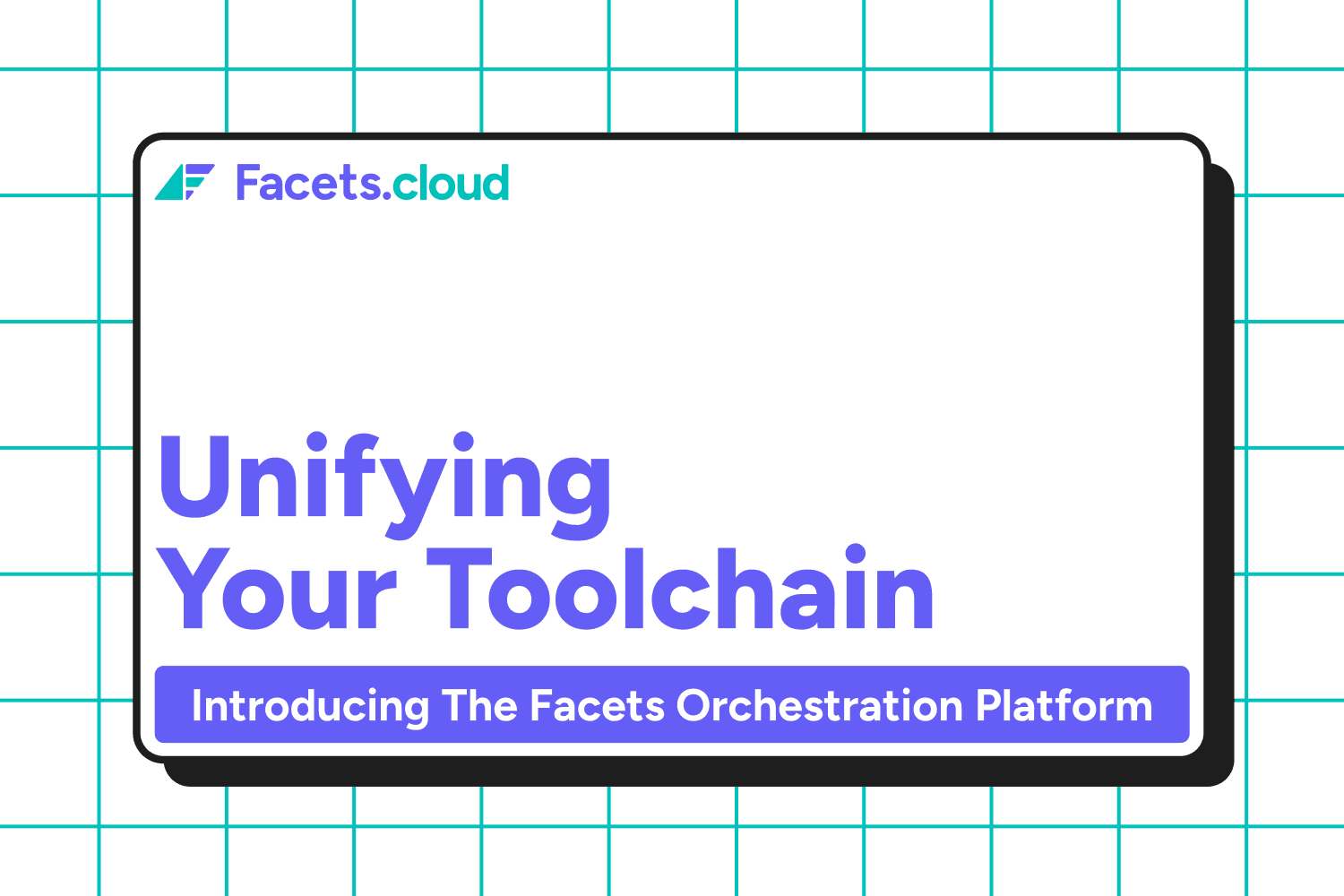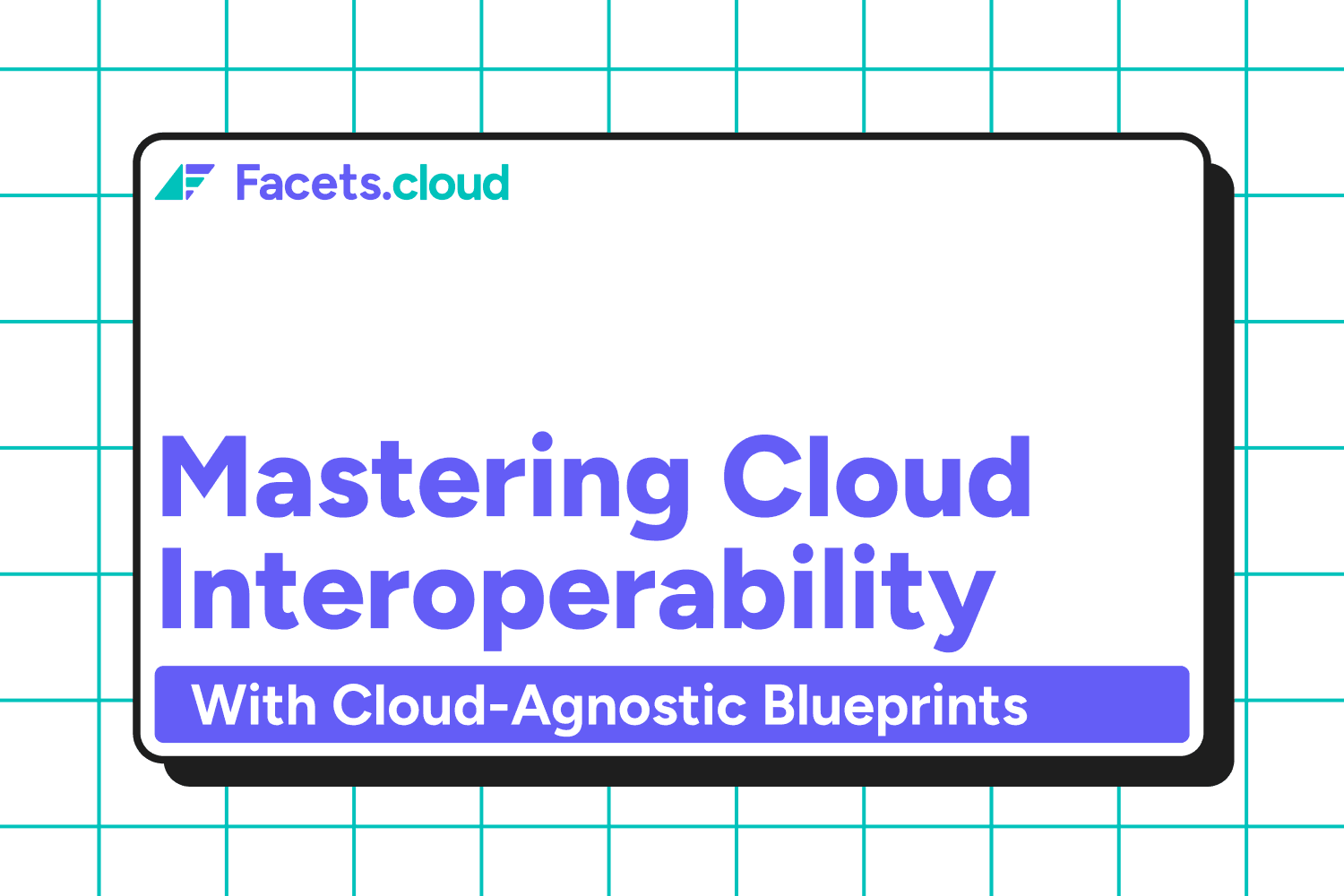Making the switch to platform engineering requires a big change in the way we assume the roles in the Ops function. We need to focus on how to actually make the move, providing a clear guide for this new journey. We aim to offer straightforward, actionable advice for teams looking to shift to platform engineering roles.
The goal is to make the path to becoming a platform engineer clear and doable, offering insights and advice to make this complex transition easier. We're not just talking about changing jobs; we're talking about a deep change in how we think and work in software development.
Handbook to the Platform Engineering journey
Switching to platform engineering isn't just about changing job titles—it's a complete transformation in responsibilities, skills, and mindsets. This guide outlines how to smoothly transition from traditional operations to innovative platform engineering.
Changing mindset from maintenance to innovation
The essence of platform engineering is to treat developers as your primary customers, focusing on their needs as if creating a product specifically for them. This approach shifts from simply managing infrastructure, as seen in DevOps, to developing Infrastructure as a Product. This change is vital; your role isn't just to maintain systems but to create tools that boost developers' productivity and creativity.
Identifying problems and customizing solutions
Begin by examining your current operations to identify and resolve bottlenecks. This crucial step clears the way for innovation by fixing problems that hinder or interrupt workflows. Addressing these issues directly paves the path to a successful platform engineering approach.
Balancing Control and Innovation
Finding the right balance between governance and creative freedom is key. Too much control can stifle innovation, while too much freedom can cause inconsistency and governance issues. Aim for a middle ground that maintains order and compliance but also allows for innovation and experimentation.
Comprehensive Resources for learning and support
Like any product, your platform must come with detailed documentation and training materials. These resources are crucial, enabling users to understand and navigate the platform confidently and efficiently.
Summarizing the guidelines
Aspect | Objective |
Mindset Shift | Adopt a product-centric view, focusing on developers as customers. |
Identifying Bottlenecks | Locate and address workflow inefficiencies to pave the way for platform engineering adoption. |
Customization vs. Best Practices | Balance unique organizational needs with industry standards to foster innovation without reinventing the wheel. |
Control vs. Flexibility | Strike a balance between governance and creative freedom, ensuring a conducive environment for innovation. |
Educational Support | Provide comprehensive documentation and training to enable user proficiency and platform adoption. |
Platform Engineering for Startups and Scale-ups
The path to platform engineering differs greatly between startups and large enterprises, with each needing a distinct strategy for a smooth transition. Here’s a guide on how both can achieve this with precision and insight.
Startups: Embracing Agility and Team Feedback
For startups, agility is crucial. A key aspect of agility is gathering direct feedback from developers to ensure the platform meets genuine needs and encourages everyone's input.
Startups prioritize documenting processes and automating routine tasks, which helps dedicate more time to innovation. They track their progress by measuring developer satisfaction through the Net Promoter Score (NPS) and their ability to quickly move from concept to execution (sprint velocity).
Key Advantages for Startups:
Fast Feedback and Adoption: Without old systems to hold them back, startups can quickly take in feedback and try out new ideas.
Focus on Essentials: Making sure everything's written down and automating simple tasks helps streamline their work.
Keeping Track: Using metrics like developer NPS and sprint velocity lets them see how well the transition is going and where to adjust.
Scaled-up Enterprises: Steady Evolution and Strategic Resourcing
Larger companies take a more cautious approach to moving towards platform engineering, often starting with small trial projects. The challenge for them is to standardize processes without stifling the unique needs of different teams. They rely on their operations teams to find and fix any issues, and they invest in training developers for the new ways of working.
To see if they're on the right path, they conduct regular checks and watch key indicators, like how many large projects are successfully completed.
Key Focus Areas for Larger Companies:
Trial Projects: Small, manageable projects are used to test out new methods.
Balancing Needs: They work to standardize while still allowing for team-specific adjustments.
Leveraging Experience: Operations teams are crucial for spotting and solving problems.
Training for the Future: They make sure their developers are ready for new challenges.
Measuring Success: Through audits and looking at key performance indicators (KPIs), like the success rate of big projects, they can tell if the changes are working.
Transition Strategies at a Glance
Aspect | Startups | Scaled-up Companies |
Adoption Strategy | Swift adoption, leveraging the absence of legacy systems. | Gradual implementation, navigating around legacy systems. |
Team Involvement | Direct involvement of developers in decisions, thanks to smaller team sizes. | Operations teams highlight inefficiencies; standardized practices are essential for cohesion across larger teams. |
Flexibility & Iteration | A broad scope for trial and error to discover what works best. | Pilot projects serve as test beds for new methodologies. |
Resource Management | Focus on automation to allocate human resources to more complex challenges. | Upskilling and retraining become priorities to bring existing teams up to speed. |
Evaluation Metrics | Developer NPS and sprint velocity are key for measuring progress and making adjustments. | Regular audits and specific KPIs, such as the rate of successful deployments, are critical for assessing the transition. |
Taking the next steps towards platform engineering
Moving to platform engineering isn't just about updating technology; it's a complete re-evaluation of how a company operates. This shift breaks down old barriers and fosters a culture of teamwork and creativity. For both large and small companies, this change enhances operations and aligns them more closely with their objectives, allowing them to stay ahead in a fast-evolving tech landscape.
Platform engineering is key for any business looking to improve its efficiency and stay competitive. It requires careful planning, flexibility, and a commitment to continuous improvement. Embracing this change opens the door to greater scalability, smoother operations, and a robust, flexible development ecosystem. Ready to embark on this transformative journey?


